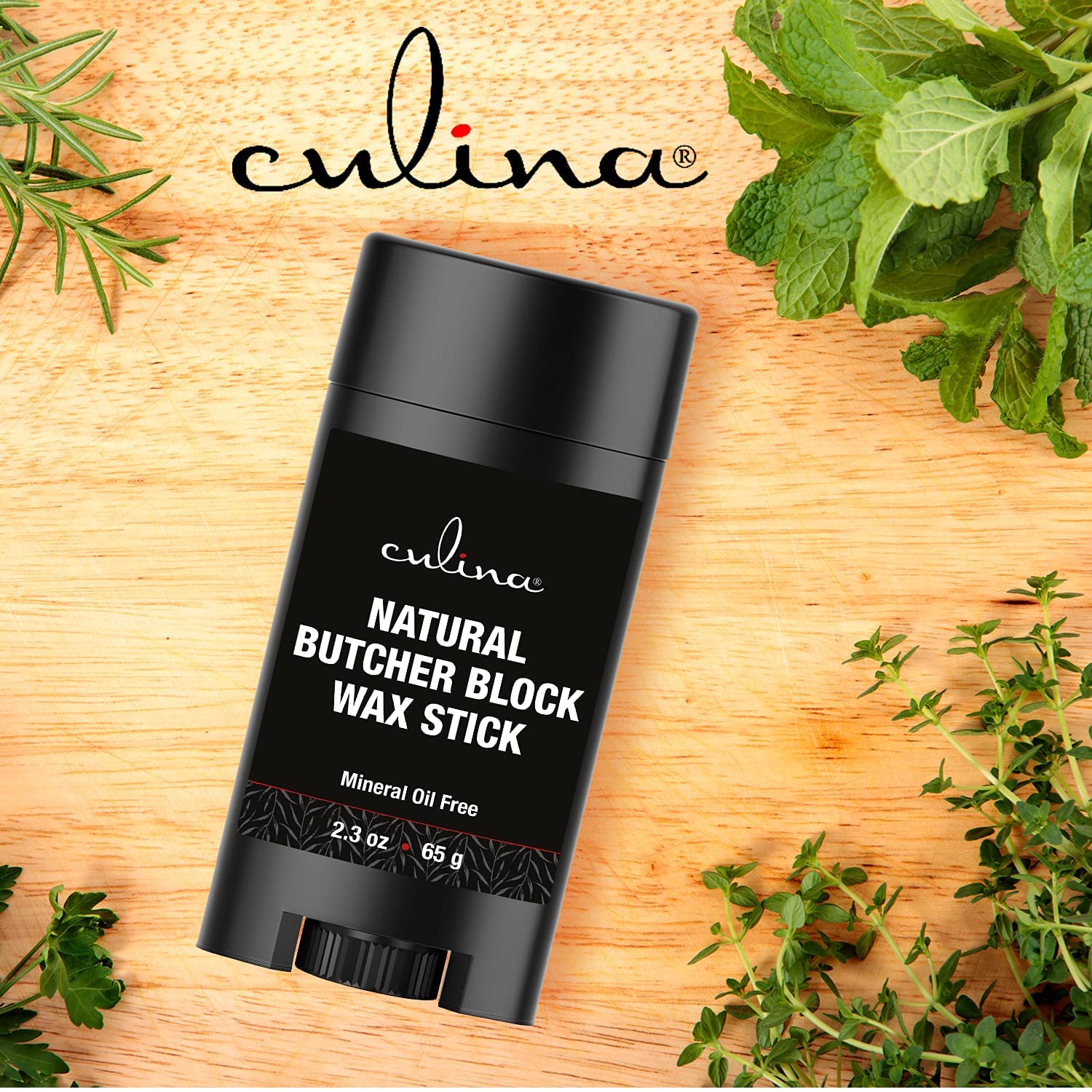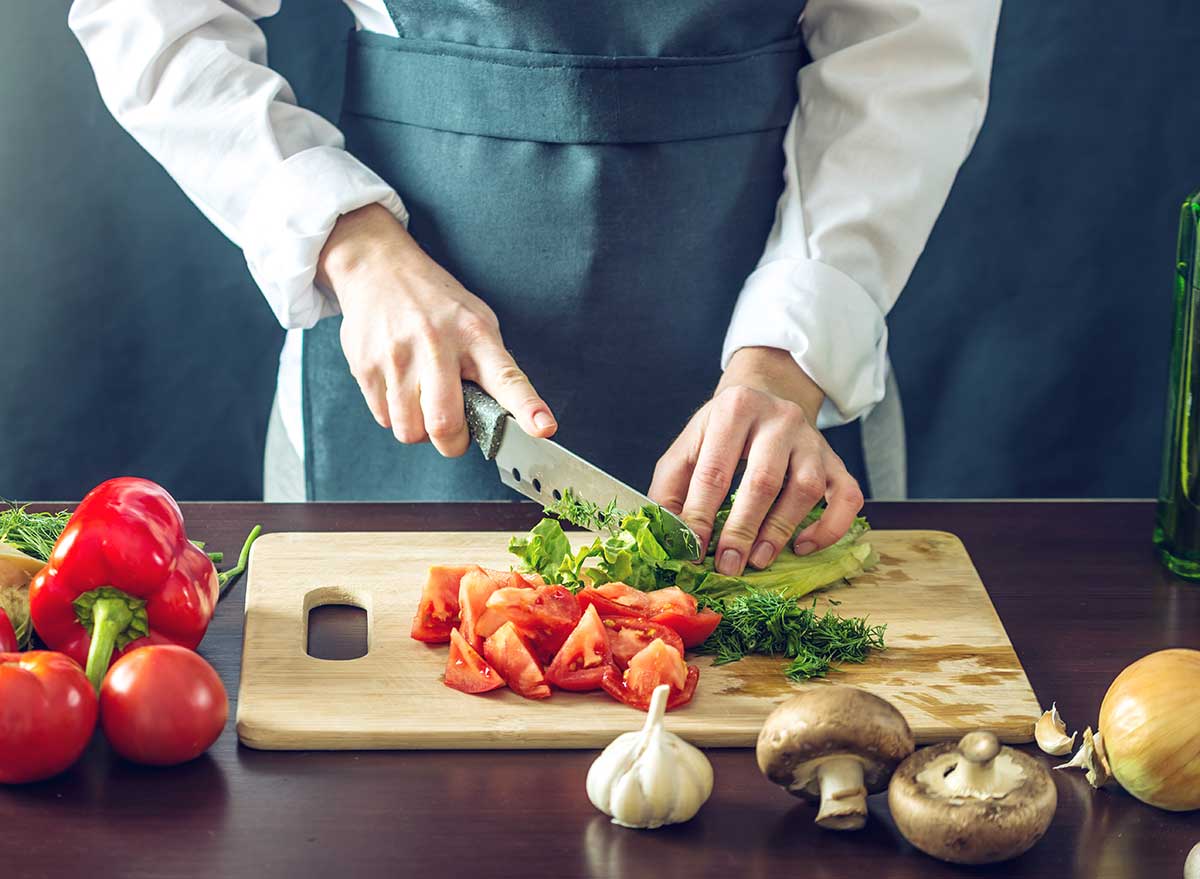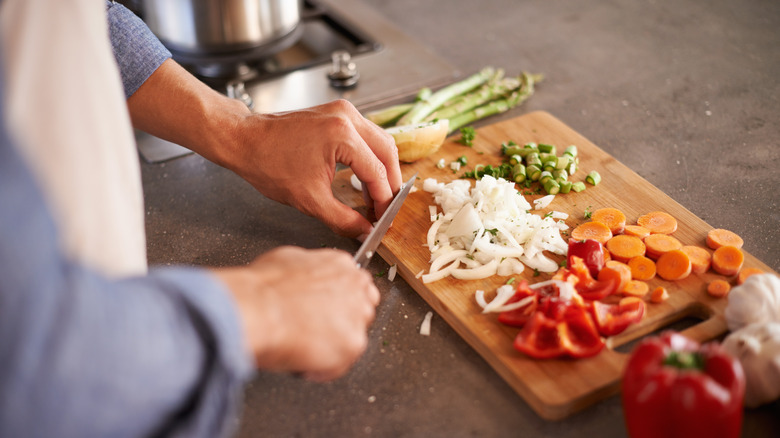Plastic cutting boards are indispensable in modern kitchens, offering versatility and durability. However, maintaining their cleanliness can be a daunting challenge, especially without using harsh chemicals like bleach. Using bleach may damage your board and possibly pose health risks. But fear not! We’re delighted to present a comprehensive guide on how to clean a plastic cutting board without bleach effectively.

Why Avoid Bleach?
Bleach is a potent disinfectant but can be harmful when used on surfaces that come in direct contact with food. The chemical residues may linger, putting you and your family at risk. Moreover, bleach can degrade the surface of plastic cutting boards, leading to faster wear and tear.

Safe Alternatives to Bleach
Luckily, there are several safe and efficient alternatives to bleach. Below are some of the most effective methods:
1. White Vinegar
White vinegar is a natural disinfectant with antimicrobial properties. To clean, mix equal parts of water and white vinegar in a spray bottle. Apply it to the surface of the board, allow it to sit for 10 minutes, and then rinse.
2. Baking Soda and Salt
Combine baking soda and coarse salt to form a powerful, abrasive cleaner. Sprinkle the mixture on the board and scrub with a damp cloth. This method removes stains and leaves the board looking fresh.
3. Lemon Juice
Lemon juice is acidic and helps break down bacteria. Apply fresh lemon juice to the board, let it sit for 10-15 minutes, and then rinse. It also leaves a pleasant smell.
4. Hot Water and Dish Soap
Basic but effectivehot water and good dish soap can perform wonders. Scrub the board with soapy water, rinse well, and dry.

Deep Cleaning Techniques
Bleach-free Soaking
For a deep clean, make a solution of hydrogen peroxide and water (1:2 ratio). Soak the board for 15 minutes, rinse thoroughly, and air dry.
Hydrogen Peroxide
Hydrogen peroxide is a powerful disinfectant. Simply apply it to the board and allow it to sit for a few minutes before rinsing.
Maintaining Clean Boards
Cleaning doesnt stop with just disinfecting. Regular maintenance helps to keep your cutting board in top condition. Here are some tips:
Regular Scrubbing
Scrub the board immediately after each use to prevent food particles from sticking.
Proper Drying
Always dry your cutting board completely after washing to prevent bacterial growth.
Use Separate Boards for Different Foods
Designate separate cutting boards for various food types to avoid cross-contamination.
For more on cutting board maintenance, refer to this external guide.
Color-Coding Your Boards
Color-coding can help distinguish which board is for what purpose. This method reduces the risk of cross-contamination when preparing food. Learn more about it here.
Common Mistakes and How to Avoid Them
Understanding common cleaning errors can help you keep your boards in peak condition:
Using Abrasive Tools
Avoid using metal scrubbers, which can damage the plastic.
Ignoring Stains
Treat stains immediately to prevent them from setting in.
Overlooking Proper Storage
Don’t stack wet boards; ensure they are fully dry before storing.
Reader Questions
How Often Should I Clean My Plastic Cutting Board?
It’s best to clean your board immediately after each use and perform a deep cleaning once a week.
Can I Use Vinegar on Other Cutting Boards?
Yes, white vinegar is safe and effective for cleaning wooden and glass cutting boards as well.
Is Lemon Juice Sufficient for Disinfection?
While lemon juice is effective for light cleaning, deep cleaning with a more potent disinfectant like hydrogen peroxide may be necessary.
For more on cooking tips, you can read Kabobs on Grill or Pork Ribs. Understanding proper grilling techniques can make your culinary experience delightful.
As an Amazon Associate, I earn from qualifying purchases.


